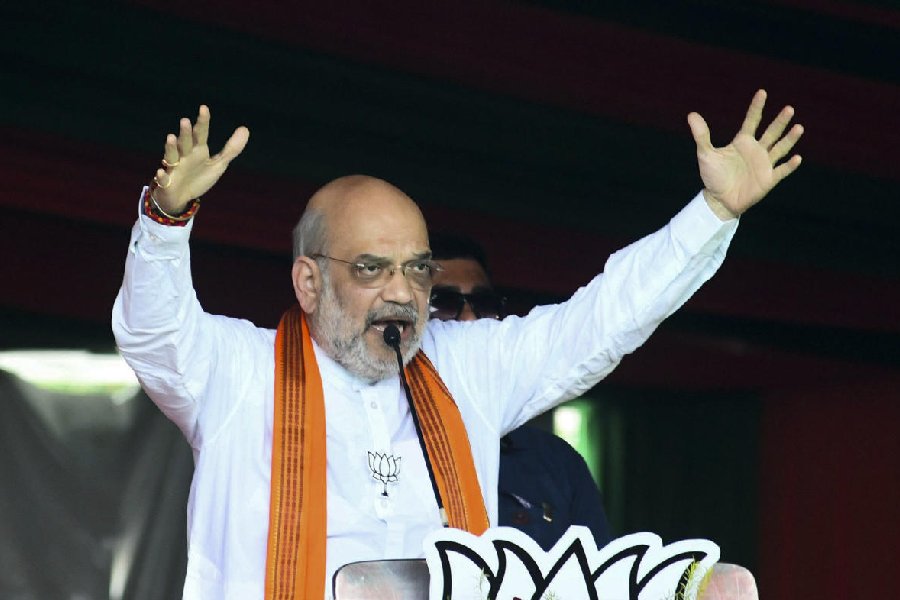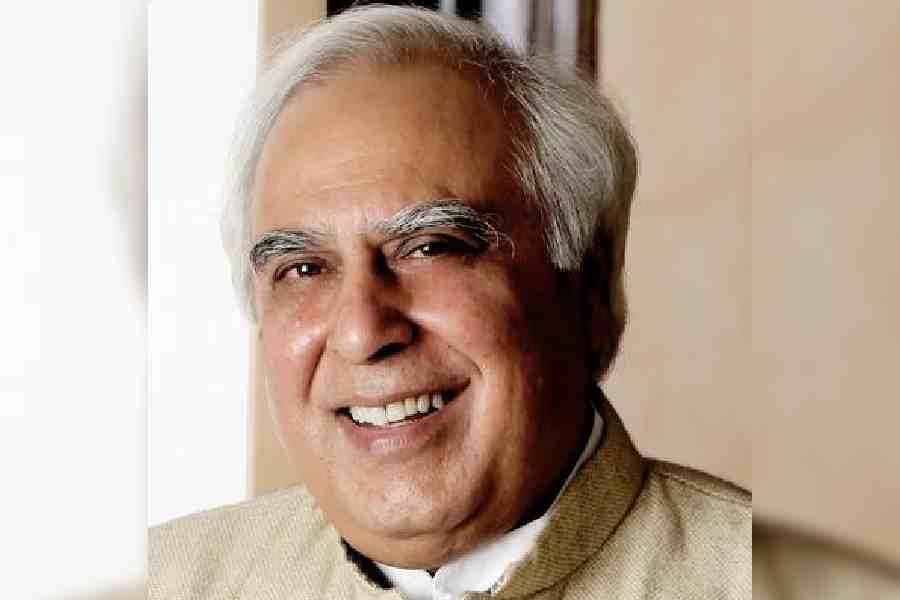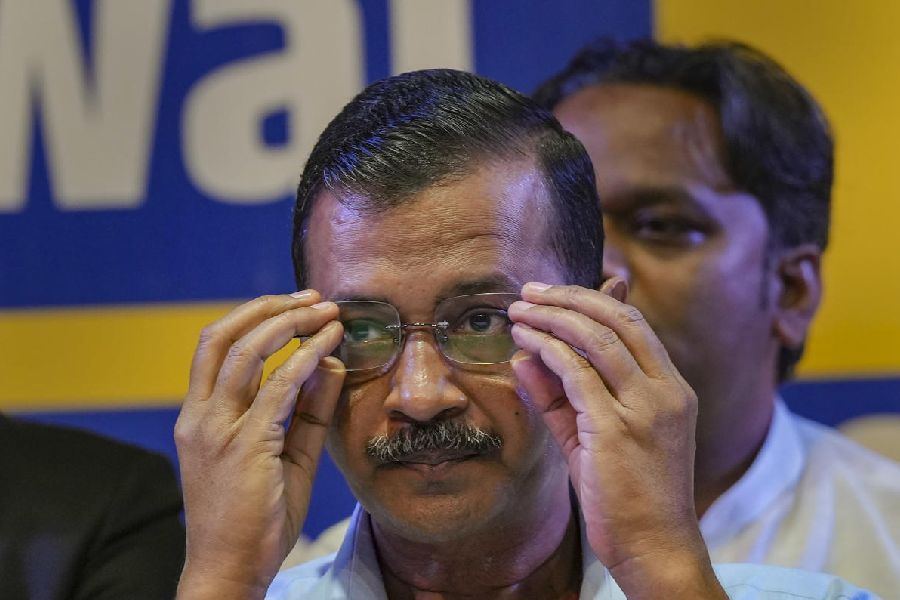 |
Till he was 12, Ritubrata was like any other child of his age. Then, he started gaining weight and went out of breath even after mild exertion. Ritubrata’s is not a unique case. According to doctors, around seven per cent of the city’s children and adolescents suffer from mild to morbid obesity.
“There is no one reason for the rise in obesity in this age group,” said B. Ramana, bariatric surgeon with Apollo Gleneagles Hospital, Calcutta, who performed a laparoscopic sleeve gastrectomy on Ritubrata.
“The increased consumption of junk food and lack of physical activity are among the crucial factors. These children have an increased tendency of high blood pressure, asthma, and metabolic disorders,” he added. Nearly 80 per cent of fat adolescents, he pointed out, grow to obese adults.
“The best way to tackle the problem is through preventive measures, such as restricting intake of junk food and increasing physical activity. But a large number of children or youth are beyond the prevention point and require surgery,” Ramana explained.
In laparoscopic sleeve gastrectomy, 80 per cent of the stomach is removed and the rest is converted into a tube shaped like a hockey stick. Thus, the stomach capacity is reduced from the normal 1.5 l to 80-100 ml. Even if a child wants to, he cannot eat much.
Also reduced in the process is the level of hunger hormone (ghrelin) that is secreted from the stomach, resulting in the patient feeling less hungry. The two-hour surgery is performed with state-of-the-art gadgets, including staplers and staple-line buttress material.
According to Ramana, the effect of the surgery tells within the first six months, when nearly 90 per cent of the excess fat is shed. Ritubrata lost 12 kg in a week.
Om Tantia, medical director and head of the department of minimal invasive surgery, ILS, Salt Lake, said various kinds of surgical procedures are undertaken for morbid and super obesity. “Some are restrictive, which restricts food intake, while others are mal-absorptive, that does not allow food to be absorbed fully, thus lowering the body weight,” he explained.
Among the restrictive procedures are gastric banding and laparoscopic sleeve gastrectomy. Bilio pancreatic diversion and duodenal switch operation are the mal-absorptive procedures.
Some like Roux-En-Y Gastric Bypass are combinations of both. This surgeries reduce the stomach size to 25-30 ml and attach a small gastric pouch to the small intestine, so that food gets diverted and is not absorbed.










